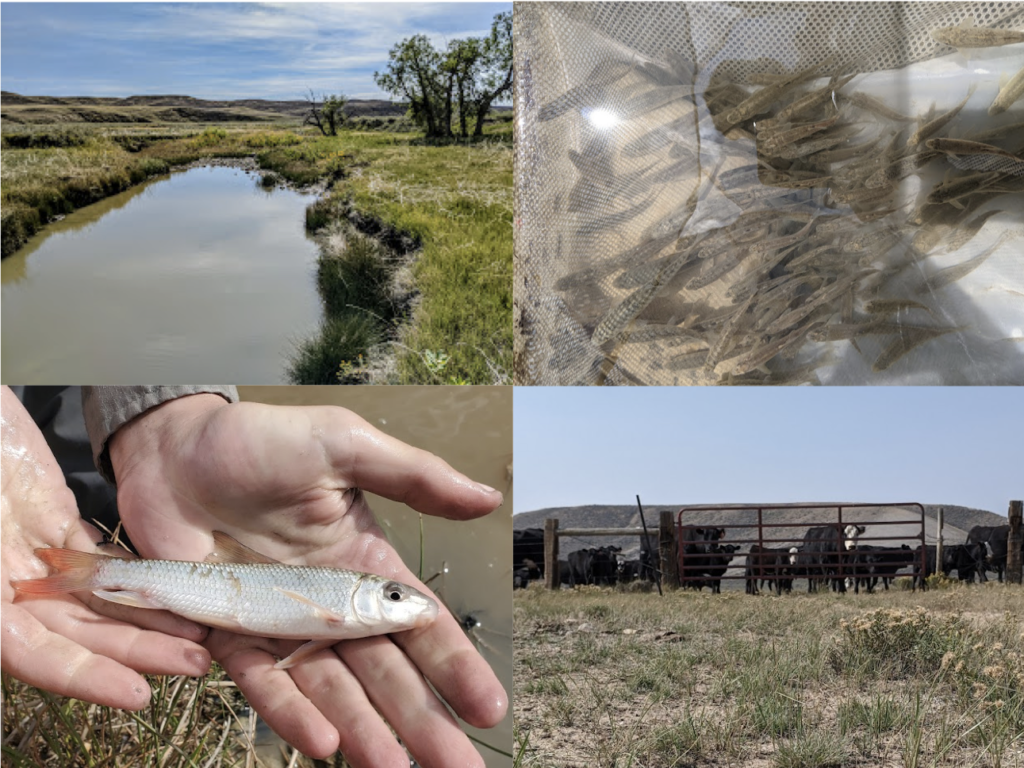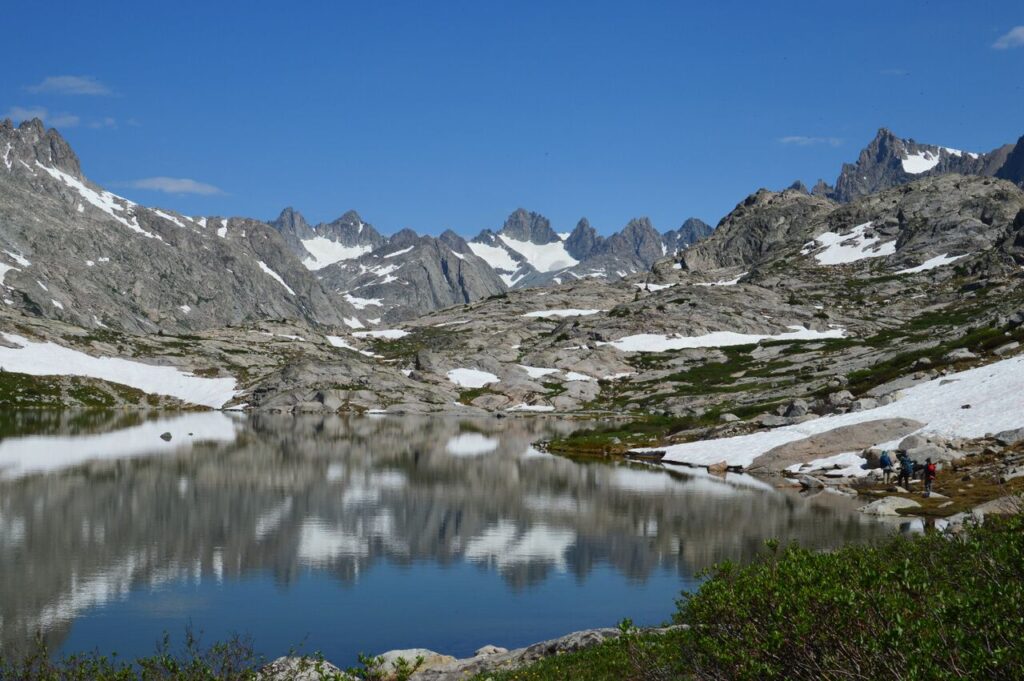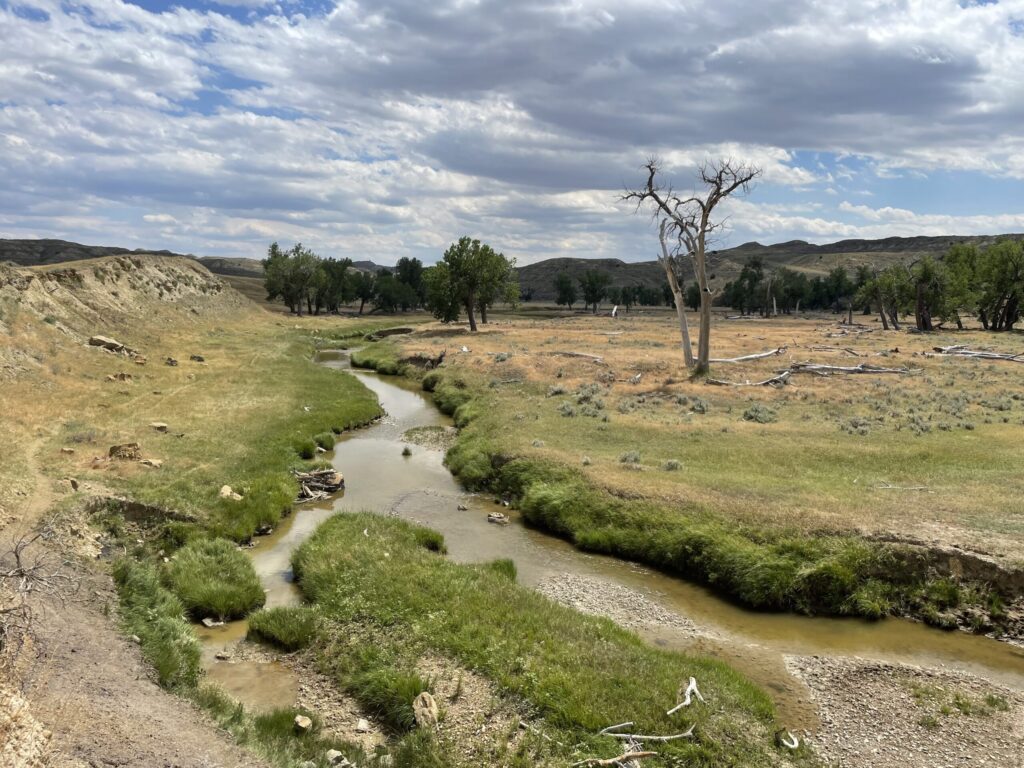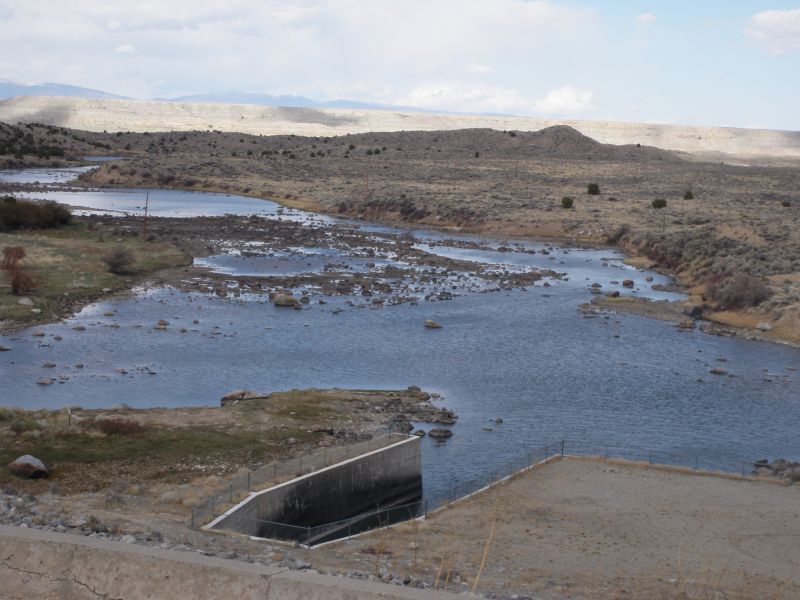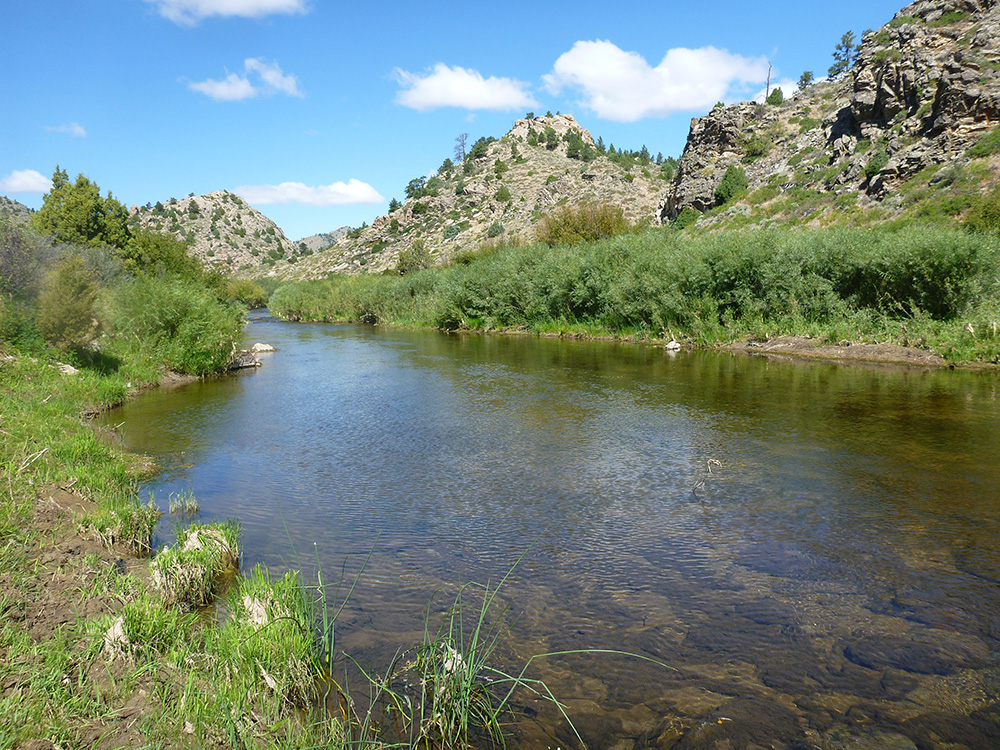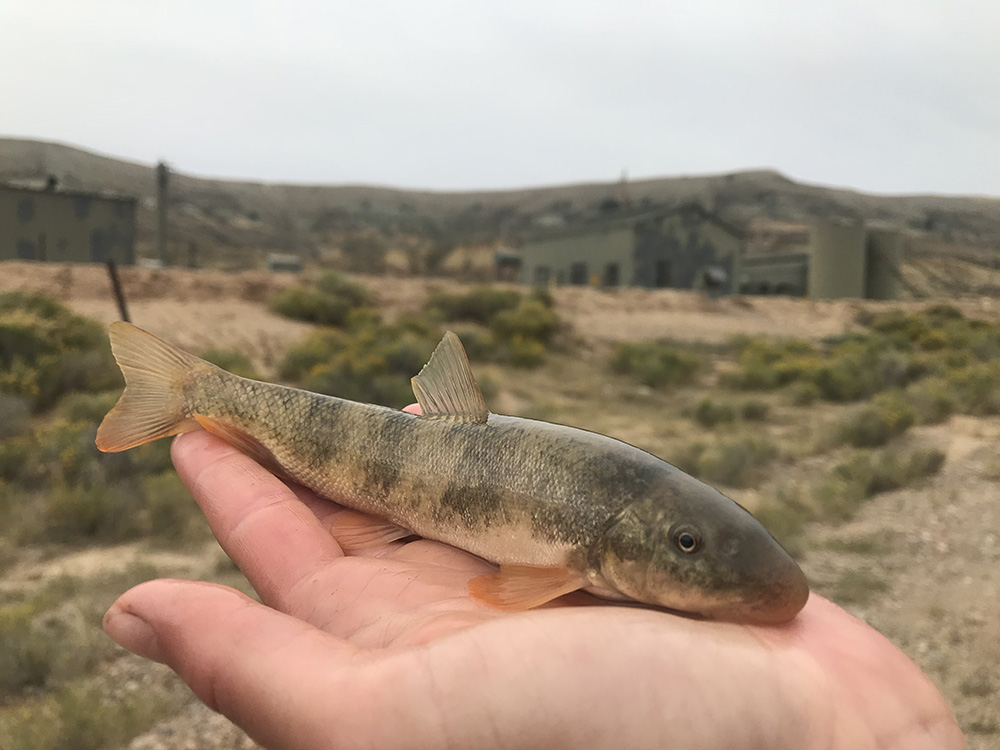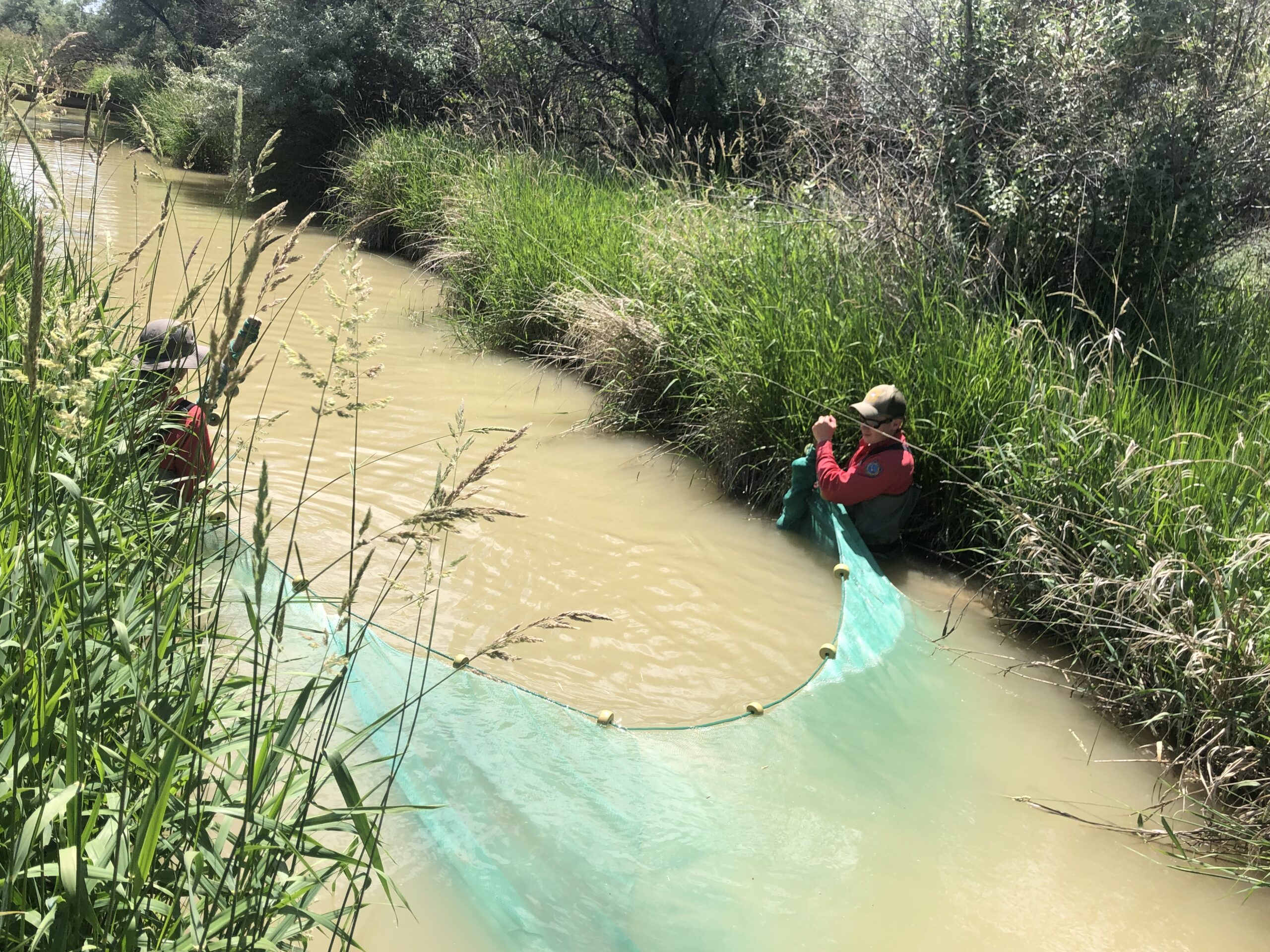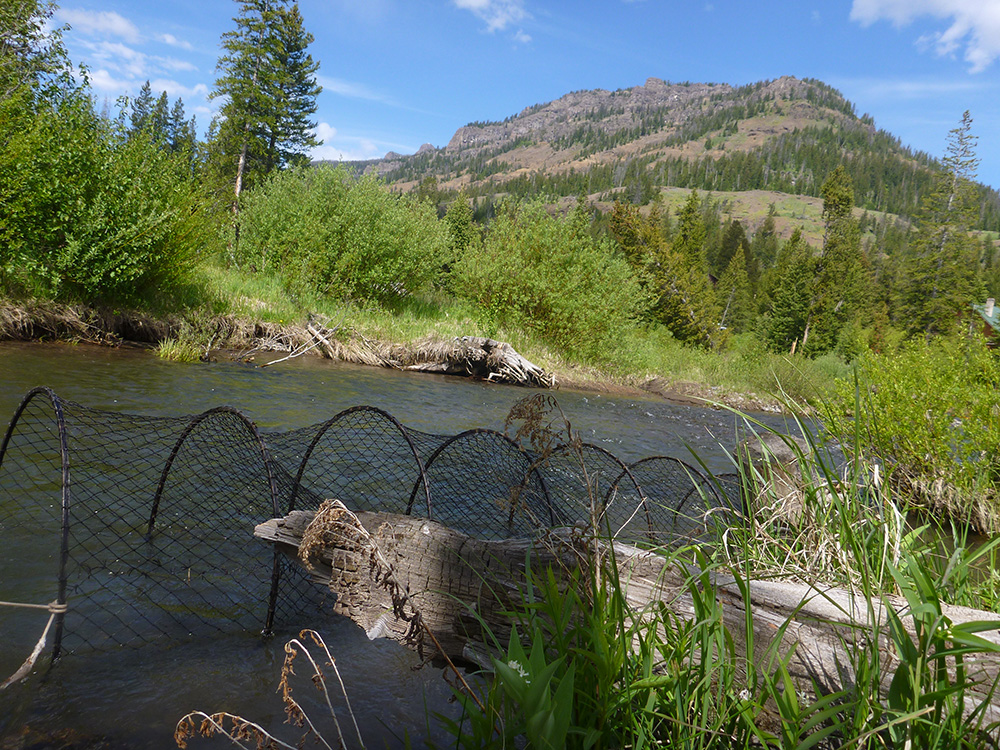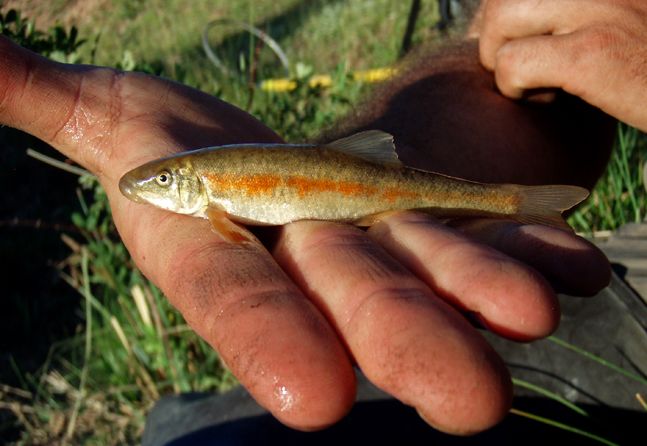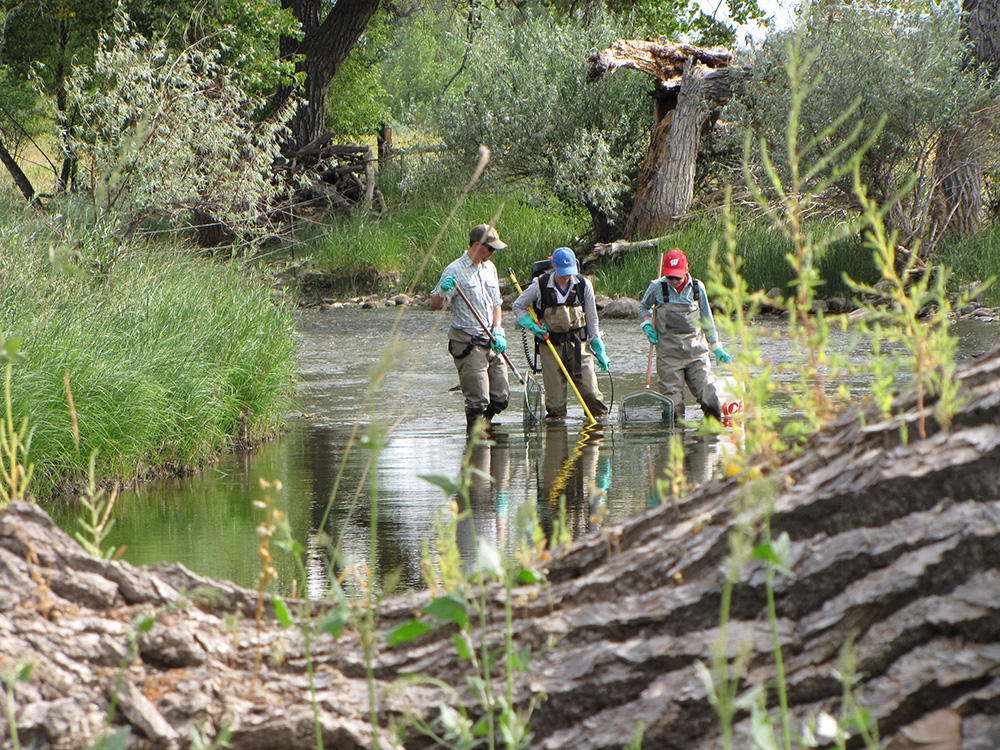Walters Lab
Our aim is to create a lab environment conducive for growth and learning to help train the next generation of scientists. We are committed to building a community that welcomes and supports all. We conduct applied research to further understand and better manage aquatic and fishery resources. Our work seeks to gain insight into the structure and functioning of aquatic ecosystems and how these ecosystems are altered by natural and anthropogenic disturbance. Much of our research involves fish that are of conservation concern and as a result the studies are set in a management context and have repercussions for natural resource decision-making. Our goal is to conduct research that has relevance to both basic ecological theory and fisheries management.
LEARN MORE ABOUT OUR RESEARCH »
Projects
An assessment of the limiting factors for boreal toads in the LaBarge Creek watershed
Boreal toads (Anaxyrus boreas boreas) were once common throughout their native range but have undergone severe declines as well as local extinctions over the past decades. Fungal pathogen Bd (Batrachochytrium…
Climate Refugia and Restoration for Rangeland Fishes
Drought and increasing stream temperatures are isolating many native fishes to smaller areas where conditions will remain suitable for persistence. These areas are known as “refugia.” We aim to Determine…
Community assembly in alpine lakes of the Wind River Range
The interactive effects of top down (fish) and bottom up (nutrients) controls on aquatic biodiversity are poorly understood, particularly in alpine lake environments. Alpine lakes are generally nutrient poor, young…
Evaluating the role of spring-fed streams to Snake River cutthroat trout population dynamics
The upper Snake River watershed in northwest Wyoming is characterized by a diversity of stream and river types and is home to the morphologically distinct Snake River cutthroat trout (SRC).…
Understanding the Sensitivity of Prairie Fish to Stream Intermittency
Periodic drying of prairie streams is an integral process, and many species present in these areas have adapted to intermittent conditions. In intermittent streams, areas that are resistant to drying…
Completed Projects
Burbot in the Wind River Drainage
Burbot (Lota lota) are native to the Wind River and Bighorn drainage of Wyoming. Over the last several decades, burbot abundance has decreased throughout the species’ native range in Wyoming.…
Conservation and recovery of Hornyhead Chub
Hornyhead chub in Wyoming have a highly limited distribution and are classified as a Species of Greatest Conservation Need by the Wyoming Game and Fish Department. Western populations of Hornyhead…
Ecological Responses to Multiple Stressors in Headwater Streams of the Wyoming Range
Managers and ecologists are under increased pressure to quantify and understand how stressors, natural or anthropogenic, interact to affect environmental and ecological change. While most research has focused on single…
Evaluating colonization of mottled sculpin and mountain sucker in the Wyoming Range
Native fish populations in the Wyoming Range are heavily impacted by multiple stressors including oil and gas development, grazing, flow alteration, and climate change. Determining what drives native fish persistence…
Evaluating the effects of Brook Stickleback on native nongame fishes
In Wyoming Brook Stickleback Culaea inconstans co-occur with native non-game fishes including at least six species that are listed as Species of Greatest Conservation Need (SGCN). Despite extensive overlap with…
Evaluation of potential translocation sites for finescale dace in Eastern Wyoming
Specific ecological factors that influence persistence of cold-adapted, native cyprinids on the western Great Plains are not well understood. Finescale Dace (Chrosomus neogaeus) occur in isolated, glacial relict populations in…
Exploring potential mechanisms of reproductive isolation between Yellowstone cutthroat trout and rainbow trout
Yellowstone cutthroat trout (Oncorhynchus clarkii bouvieri, YSC) are a species of greatest conservation need in Wyoming. Increased angler harvest, habitat loss and interactions with introduced species have led to range-wide declines…
Impacts of Natural Gas Development on the Fisheries Communities of the Wyoming Range
Wyoming has experienced a significant increase in energy development over the last two decades. The eastern front of the Wyoming Range has been impacted by this increase. Oil and gas…
Movement dynamics and survival of hatchery-reared Colorado River cutthroat trout post-stocking
Colorado River Cutthroat trout (CRC) populations have declined significantly across their range. Currently, conservation populations of CRC occupy an estimated 11% of their historic range. In Wyoming, CRC are classified…
Proposed Revisions to Wyoming Surface Water Temperature Regulations
Human activity has the potential to alter a stream’s natural thermal regime both through point source thermal effluent and through indirect alteration of a watershed, commonly seen with intensive grazing…
Salmonid movement in the Upper North Platte River Drainage
The Upper North Platte River Drainage, located south of Saratoga, Wyoming, supports a nationally recognized fishery with 76 miles of the North Platte River and 11 miles of the Encampment…
Sediment and Fisheries: An Assessment to Inform Sediment Management Practices at Wyoming Dams
Sediment is a fundamental driver of the physical, chemical and biological integrity of aquatic ecosystems and numerous studies have indicated sediment is a major control on aquatic species composition. Managing…
Yellowstone cutthroat trout hybridization
Rainbow trout (Oncorhynchus mykiss) have been widely introduced across the world, and in some locations hybridize with native trout. LIz Mandeville along with Annika Walters, Katie Wagner (University of Wyoming) and…
PEOPLE
ALUMNI


